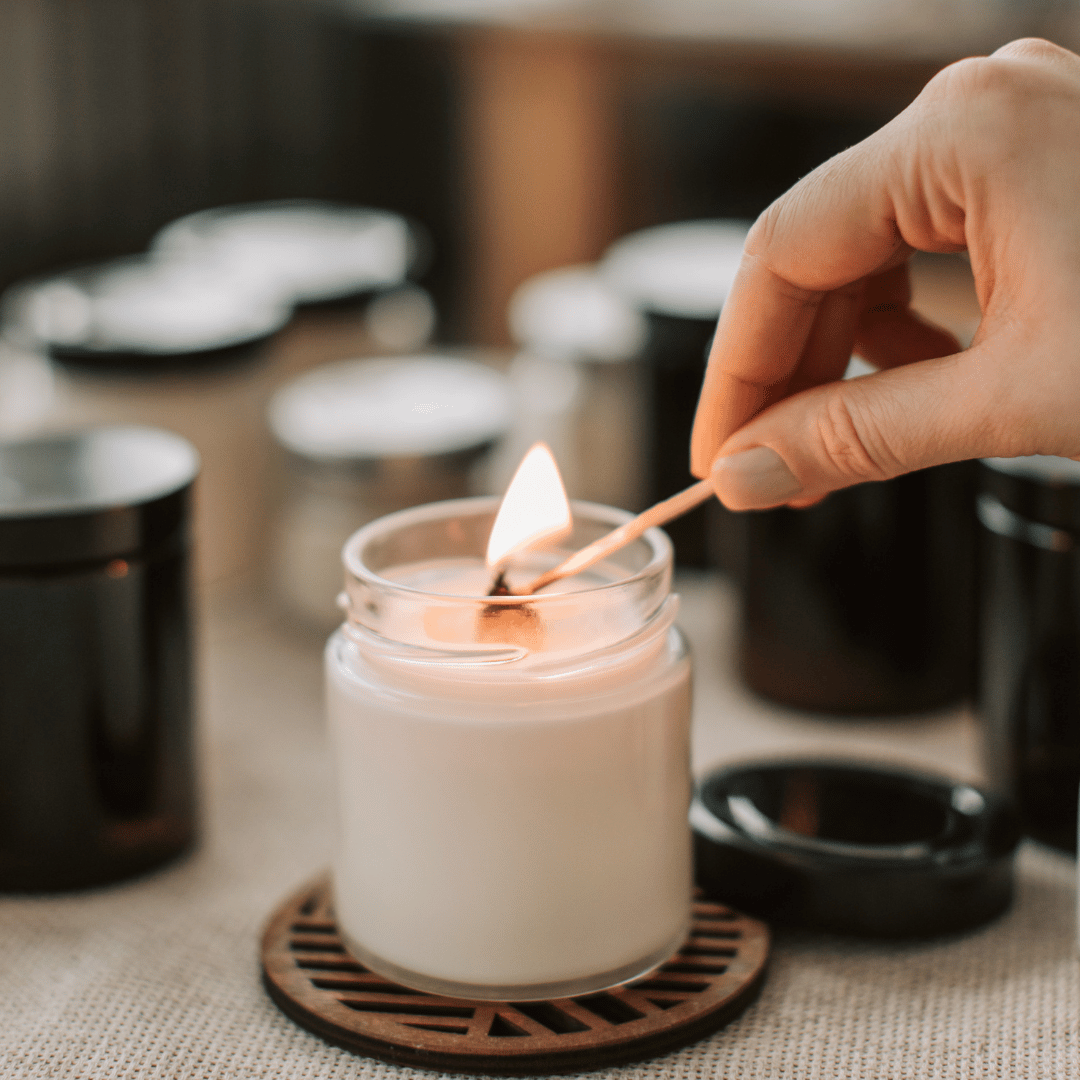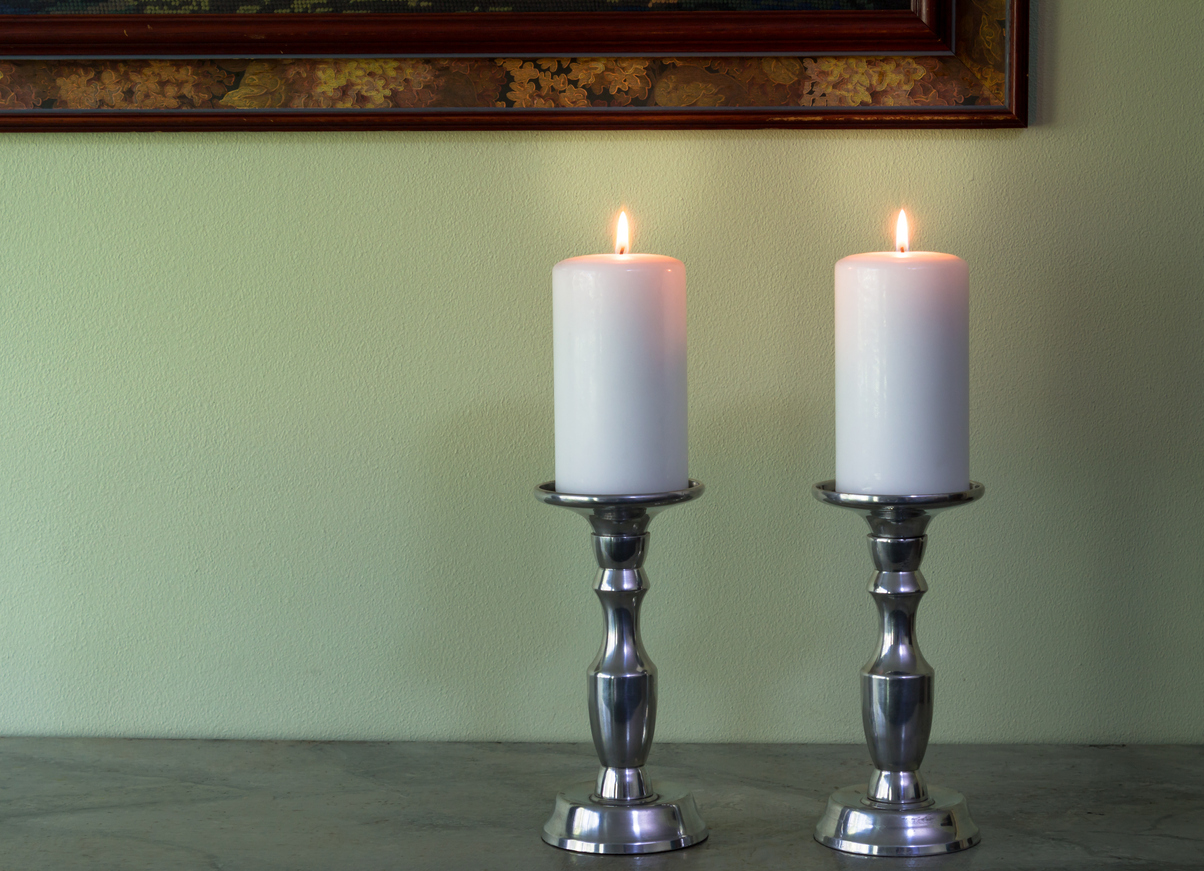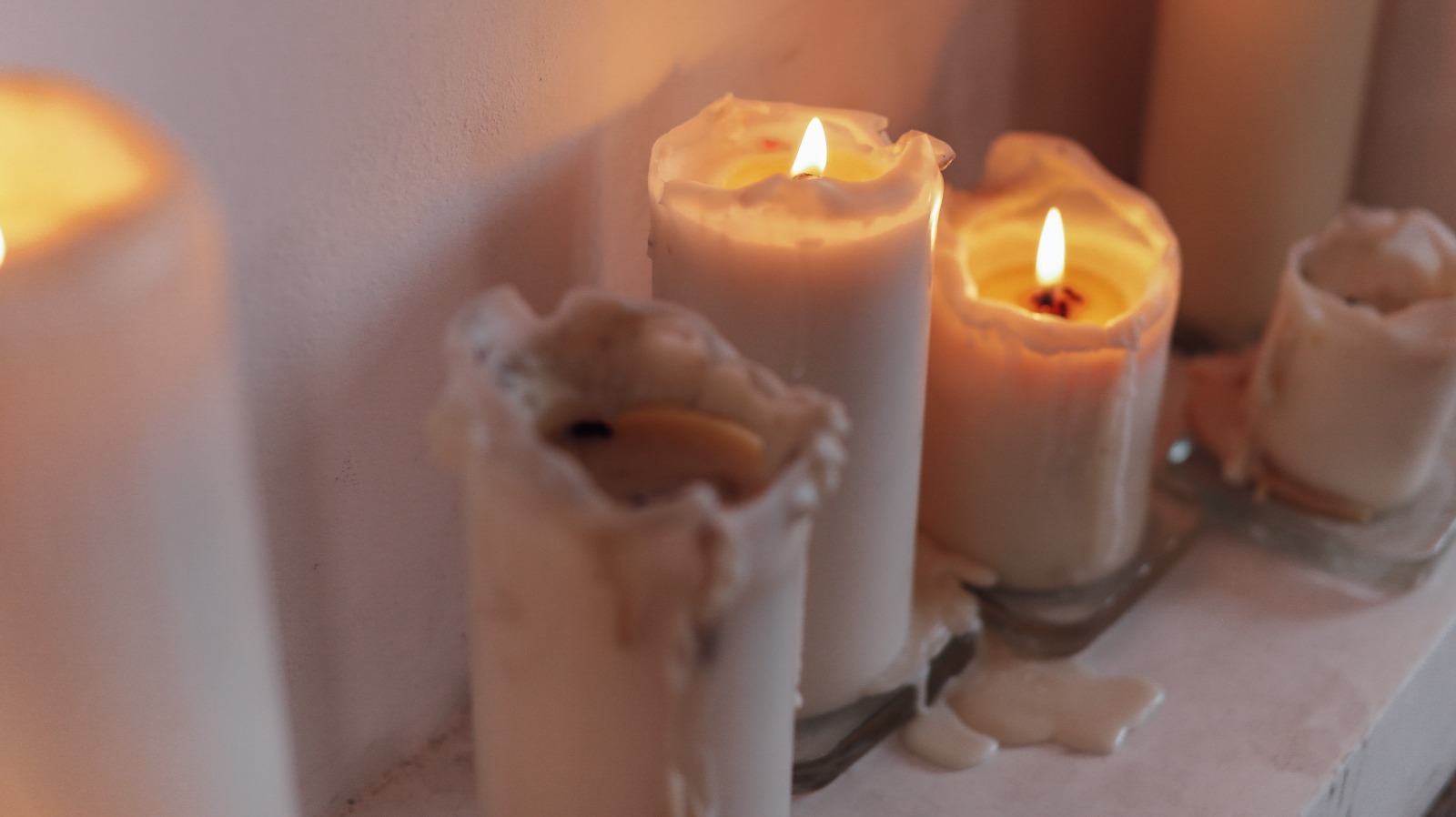Wax stains on walls can be unsightly and seem daunting to remove, especially if the wax has dried and hardened. However, with the right techniques and a bit of patience, restoring your walls to their pristine condition is entirely possible. This comprehensive guide will walk you through various effective methods for removing wax stains, ensuring that your home’s beauty remains intact.
Understanding the Basics
Why Wax Stains Happen
Wax stains typically occur when candles accidentally drip or spill onto walls during use. The heat from the flame melts the wax, which then quickly cools and solidifies upon contact with the wall surface. The type of wax (e.g., paraffin, soy, beeswax) and the paint or wallpaper material can affect the ease of removal.

Preparation is Key
Before diving into stain removal, gather the necessary tools: a hairdryer, a plastic scraper or old credit card, white absorbent cloth or paper towels, mild detergent, and rubbing alcohol or white vinegar. It’s also wise to test any cleaning solution on an inconspicuous area first to avoid damaging the wall finish.
Method 1: The Heat Approach
Step 1: Softening the Wax
Using a Hairdryer: Begin by directing a low-heat setting from a hairdryer at the wax stain. Move the dryer back and forth to evenly distribute the heat, avoiding prolonged exposure to one spot, which could damage the wall’s surface. The goal is to melt the wax just enough to make it pliable without causing additional harm.
Step 2: Scraping Gently
Once the wax softens, use a plastic scraper or the edge of an old credit card to gently scrape off as much wax as possible. Work carefully to avoid scraping the paint or wallpaper beneath. Wipe the scraper clean frequently to prevent re-depositing wax onto the wall.

Method 2: Chemical Solutions
Alcohol or Vinegar Magic
Post-Scraping Cleanup: After most of the wax has been removed, there may still be residue left behind. Dampen a white cloth with rubbing alcohol or white vinegar and gently rub over the stained area. These solvents help dissolve any remaining wax and can also tackle discoloration.
Caution with Painted Surfaces
Be cautious when using alcohol or vinegar on painted walls, as they can potentially strip the paint. Test first and dilute the solution with water if necessary.
Method 3: Soapy Solution for Stubborn Stains
Soap and Water Solution
If the stain persists, mix a small amount of mild detergent in warm water to create a soapy solution. Dip a soft sponge or cloth into the solution and lightly scrub the affected area. Rinse the sponge frequently and continue until the stain fades.
Finishing Touches
After the stain is removed, wipe the area with a damp cloth to remove any soap residue, then dry it thoroughly with a clean towel. This step helps prevent water spots and ensures a uniform appearance.

Special Considerations for Different Wall Materials
Wallpaper
When dealing with wax stains on wallpaper, extra care is crucial. Avoid direct heat and harsh chemicals, as these can damage the paper’s print or adhesive. Instead, try using an ice cube to harden the wax and gently scrape it off. For residual stains, use a gentle soap solution and blot with a damp cloth.
Textured Walls
Textured surfaces require a gentler touch to avoid damaging the texture. Use a soft-bristled brush to work the cleaning solution into the texture, being careful not to scrub too vigorously.
Natural or Specialty Paints
For walls painted with natural or specialty paints (like milk paint or chalk paint), avoid using alcohol or vinegar directly. Instead, opt for a mild soap solution and test in an inconspicuous area first.
Preventive Measures
To avoid future wax stains, consider using candle holders or placing candles on a tray to catch drips. Additionally, trim candle wicks to ¼ inch before lighting to reduce dripping.
Enhancing Your Cleaning Arsenal
In addition to the fundamental methods outlined, there are a few more advanced techniques and products that can further aid in the removal of stubborn wax stains, ensuring a thorough cleanup.
- Steam Cleaning: For particularly obstinate stains on resilient wall surfaces, a handheld steam cleaner can be a game-changer. The steam gently softens the wax, making it easier to remove without the risk of heat damage associated with direct heat sources like hairdryers. Always check your wall’s material compatibility with steam cleaning before proceeding.
- Commercial Wax Removers: Specialized cleaning products designed to dissolve wax and grease can be highly effective. These usually come in gel or spray form and are formulated to be safe on painted walls and wallpaper. Follow the manufacturer’s instructions carefully and perform a spot test first.
- Baking Soda Paste: For a more natural alternative to chemical cleaners, create a paste by mixing baking soda with a little water. Apply this paste to the wax stain and let it sit for several minutes. The abrasive nature of baking soda can help lift the stain when gently scrubbed with a soft brush or cloth. Rinse well with water and dry afterward.
- Ironing Technique (for non-delicate surfaces): Place a brown paper bag or several layers of white paper towel over the wax stain. Set a dry iron (on low heat) on top of the paper and move it around gently. The heat from the iron will melt the wax, which the paper absorbs. Exercise extreme caution with this method, ensuring the iron never comes into direct contact with the wall.
- Professional Help: If all else fails, consider consulting a professional cleaning service or painter. They possess specialized equipment and expertise to handle challenging stains without causing damage to your walls.
Maintaining Your Walls Post-Cleanup
Once your walls are free from wax stains, taking preventative measures becomes even more critical. Regular dusting and occasional gentle cleaning can help maintain their fresh appearance. Use a microfiber cloth or duster to gently remove dust, and for more thorough cleaning, stick to mild solutions and avoid harsh chemicals that can deteriorate the paint or wallpaper over time.
Remember, addressing spills and stains promptly is always best practice. The longer a stain sits, the harder it becomes to remove. With these strategies in hand, you’re well-equipped to face any wax-related mishap and keep your living spaces looking pristine.
Conclusion
Removing wax stains from walls might seem like a challenge, but with the right approach and a bit of elbow grease, it’s a task well within reach. Remember, patience is key, and always start with the gentlest method possible to protect your walls’ integrity. By following these quick tips, you’ll have your walls looking as good as new in no time.









